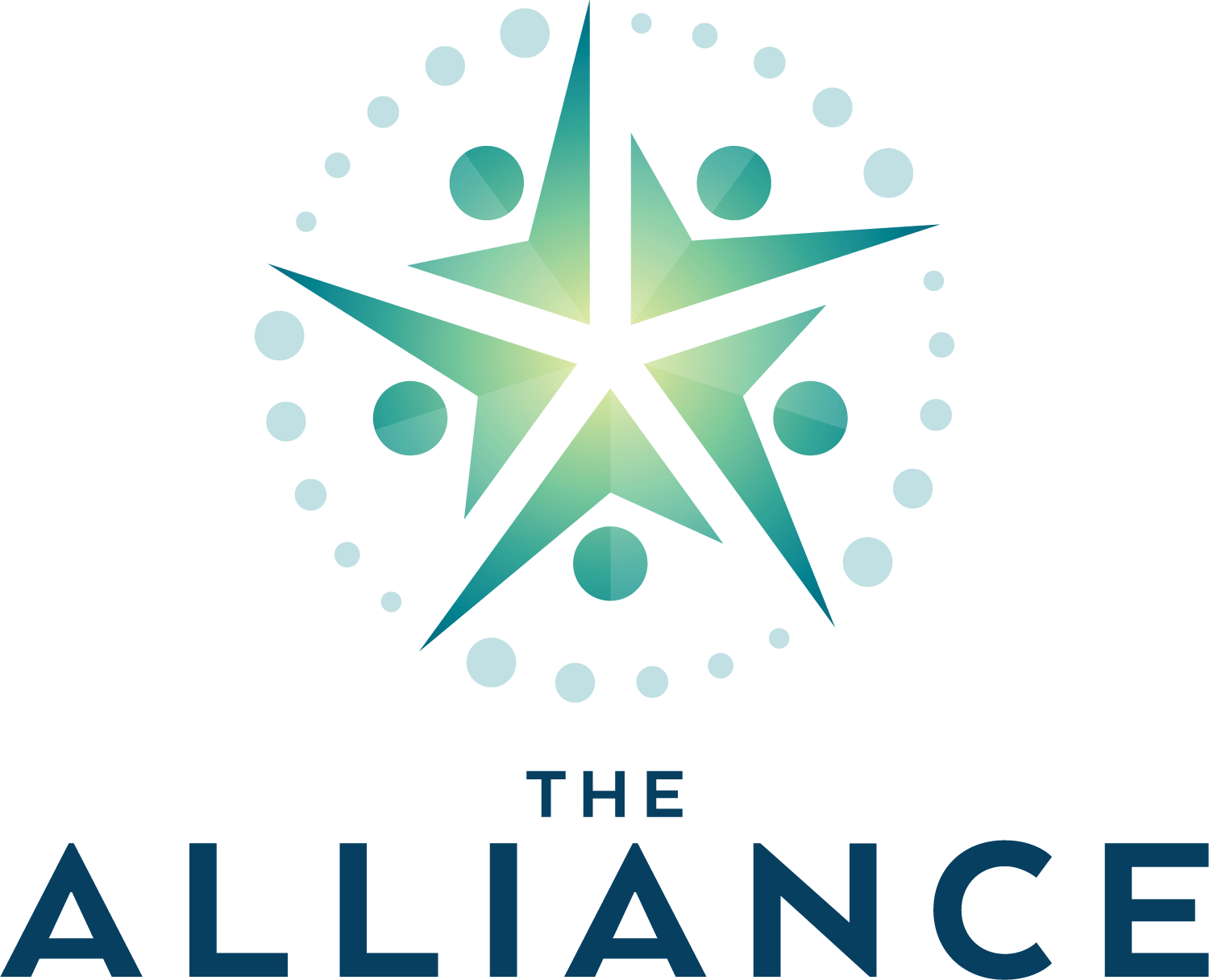Resource Library
The Alliance collects and shares resources to support prevention and systems change efforts across Alaska.
Frameworks and Processes
The Alliance is guided by multiple frameworks, including the Strategic Prevention Framework, Collective Impact Framework, and Emergent Strategy—an approach developed by adrienne maree brown that focuses on "how we intentionally change in ways that grow our capacity to embody the just and liberated worlds we long for."
The Alliance Common Agenda defines its strategic direction, which is built around three strategies – build relationships, build power, and build shared meanings. Our common agenda is the story of who we are, what we do, and how we do it. Our mission, vision, broad strategic direction, and objectives are included in our common agenda.
Our Touchstones for Collaboration serve to ground us in our work. We use consent-based decision-making to honor our shared values of equity, justice, and inclusion. These processes and values empower people within the network to recognize that their unique perspectives and lived experiences are essential to the whole group and that our whole selves are welcome in Alliance spaces.
Learn more about our guiding frameworks and processes below.
Strategy Resources
The Alliance began with three strategic goals: Build relationships, build power, and build shared meaning. We have compiled the resources, tools, and reports that influence our early work.
Regional Data Scans
In state fiscal years 2020 and 2021, the UAA DPHS research team continued its work with The Alliance by engaging the membership in a series of facilitated conversations to identify the current landscape of prevention efforts in Alaska. Particular emphasis was placed on regional patterns, strengths, gaps, and opportunities for ongoing Alliance support. Our goal was to identify existing efforts within The Alliance and detail the variety of ways communities and organizations document and share the value of their work.
The regional data scan responds to a need to summarize ways different communities across Alaska are collecting information to better inform local prevention needs. These scans invite conversation about what we label as data and what counts as data at the local, regional, and statewide levels.
Learn more and access the regional data scans here.
